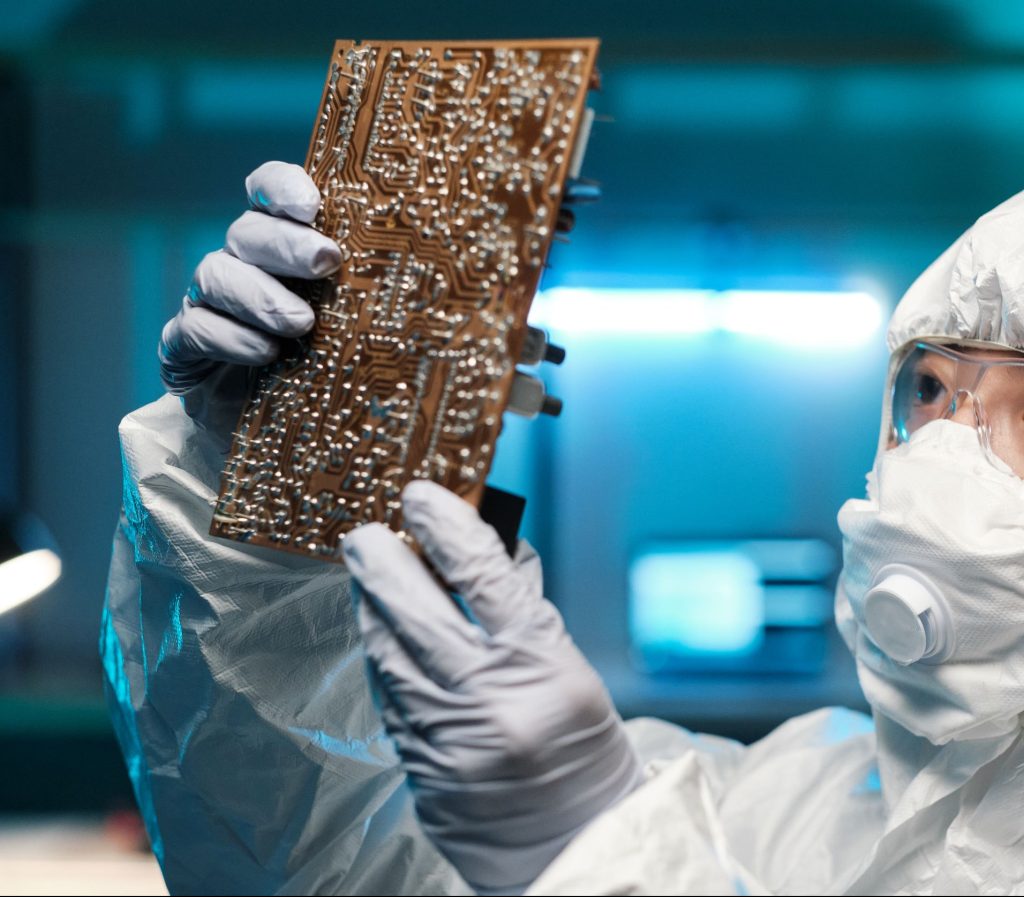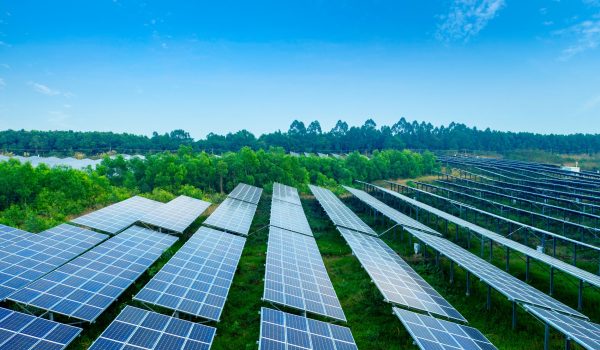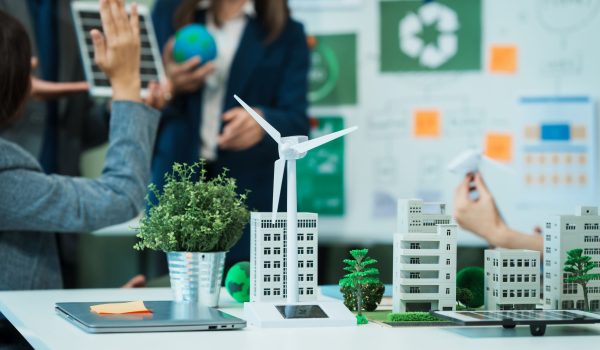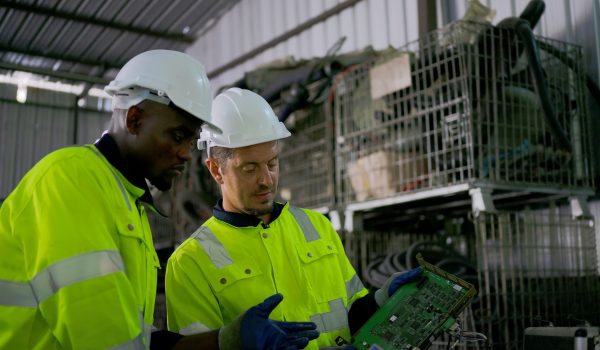Voortgangsbericht Circulaire Economie 2022
Dit voortgangsbericht bouwt voort op de conclusies die het Planbureau voor de Leefomgeving (PBL) in januari 2021 trok in de Integrale Circulaire Economie Rapportage 2021 (ICER 2021). In dit voortgangsbericht is de status van enkele indicatoren uit het gebruikte monitoringsraamwerk bijgehouden. Daarnaast gaat dit voortgangsbericht verder in op de rol die een circulaire economie kan vervullen in de aanpak van de verschillende opgaven in de leefomgeving.
Op verzoek van het Ministerie van Infrastructuur en Waterstaat brengt PBL een voortgangsbericht uit in het jaar dat geen ICER wordt uitgebracht. Uit het monitoren van de indicatoren blijkt dat de relatieve omvang van circulaire bedrijfsactiviteiten in termen van toegevoegde waarde en werkgelegenheid gelijk blijft. Ook het aandeel in de belastings- en subsidieregelingen dat naar circulaire initiatieven gaat blijft gelijk. De meeste projecten die binnen deze regelingen worden gesubsidieerd, houden zich bezig met recycling. Bij de acties in het Uitvoeringsprogramma Circulaire Economie is wel een lichte verschuiving te zien naar hogere circulariteitsstrategieën, zoals rethink en reuse. Dit voortgangsbericht verandert weinig aan de conclusies die in de ICER 2021 zijn getrokken over de voortgang naar een circulaire economie in Nederland.
Andere relevante publicaties
Naar een meer circulaire energietransitie met UPV
Analyse van de inzet van UPV voor batterijen in elektrische auto’s, zonnepanelen en windmolens
Nederland circulair in 2050
Het programma 'Nederland circulair in 2050' richt zich op de ontwikkeling en realisatie van een circulaire economie voor 2050.
Manifest voor een Europese Wet Circulair Materiaalgebruik
Manifest van de FEAD waarin een Wet Circulair Materiaalgebruik wordt voorgesteld







